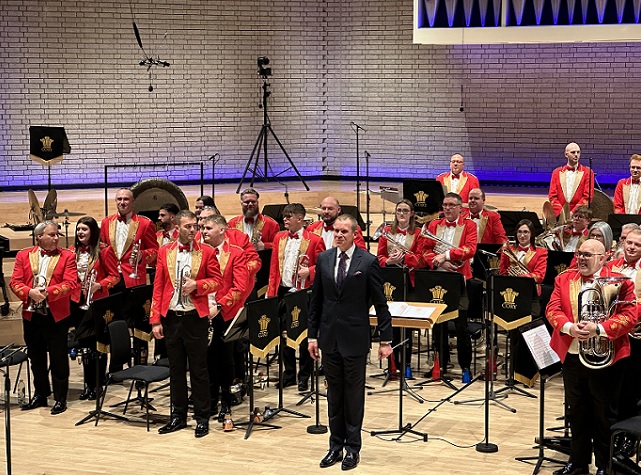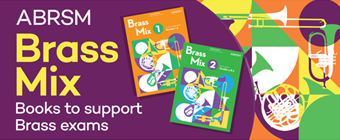

J.M.W. Turner’s famous ‘Rain, Steam, and Speed’ oil painting has been interpretated as an allegory on the inexorable destructive speed of Victorian industrial technology.
First exhibited in 1844, the angled image of a steam train racing across Isambard Kingdom Brunel’s Maidenhead Bridge, a hare running for its life on the rain-soaked track just yards in front of it, is both beautiful and ambiguous. In capturing the sublime power of speed, Turner created something of an illusion.
So too John Pickard, whose own inspiration of the work also asks questions of abstruseness.
Ostensibly an ever increasing accelerando (40 to 208) it somehow still manages to suspend its musical animation. It is as if the viewpoint of the listener is flipped from looking at the train from afar to peering out at the countryside from the passengers perspective inside its trailing carriages.
Enlightened hand
Like the painting, it is a work of a superbly skilled and enlightened hand – and one given a remarkable interpretive performance; Philip Harper’s control of pacing never losing its sense of growing tension even when his signalling drew the music into paradox.
Like the painting, it is a work of a superbly skilled and enlightened hand – and one given a remarkable interpretive performance; Philip Harper’s control of pacing never losing its sense of growing tension even when his signalling drew the music into paradox.
So too Philip Wilby’s ‘Saints Triumphant’ – a masterful work the MD also took a different interpretive approach to in claiming the European title in Birmingham. Here, the positioning and sound of the secondary echo ensemble was less defined than at Symphony Hall, but the immense detail and sense of growing majesty to the playing was anything but.
The last chords, aided in part (but not whole you felt) by the RNCM organ played by the composer, lifted the spirits to the skies.
Finesse
The sensation was repeated with Tom Hutchinson on Wilfred Heaton’s teenager caprice pastiche ‘I Will Follow Thee My Saviour’. Curiously flamboyant and carefree (given his later development) it was reminiscent of Percy Code’s ‘Zelda’, made famous in the UK by the great Australian cornet star Arthur Stender with the Newcastle Steel Works Band in the 1920s.
Whether Heaton heard it is not known (even the segues into each variant seemed almost familiar) but it was still a classy, decorative curio, played with splendid finesse.
Next life
Philip Harper’s ‘Rings of Saturn’ and Kelly-Marie Murphy’s ‘Into the Darkness They Go, The Wise and the Lovely’, were contemplative contrasts inspired by very different celestial source threads.
The former was part of the band’s ‘Doctor Who’ Brass in Concert set, whilst the latter came from a melancholic poetic protest (‘Dirge without Music’) written in 1928 by feminist Pulitzer prize-winner Edna St Vincent Millay about death’s dominion over the finest of their kind.
As he had displayed throughout, Philip Harper’s defined setting of the modal theme formed the basis of the emotive development that followed – subtle and sumptuous to a glorious close.
Certainty in the next life also underpinned Dean Goffin’s ‘Rhapsodic Variations – My Strength, My Tower’ written as spiritual counterpoint to his earlier ‘Rhapsody in Brass’.
As he had displayed throughout, Philip Harper’s defined setting of the modal theme formed the basis of the emotive development that followed – subtle and sumptuous to a glorious close.
Iwan Fox









